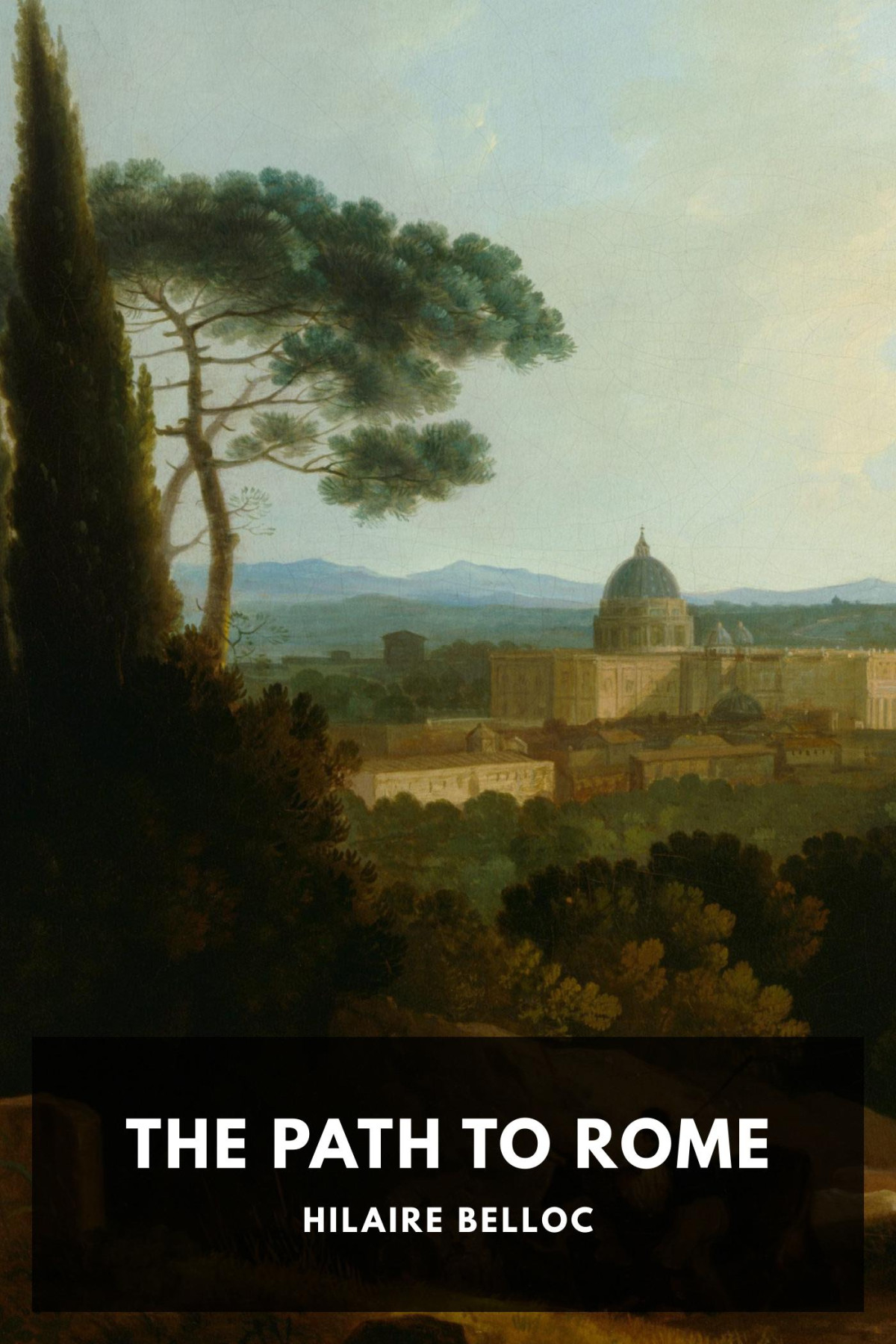

Most ebook files are in PDF format, so you can easily read them using various software such as Foxit Reader or directly on the Google Chrome browser.
Some ebook files are released by publishers in other formats such as .awz, .mobi, .epub, .fb2, etc. You may need to install specific software to read these formats on mobile/PC, such as Calibre.
Please read the tutorial at this link: https://ebookbell.com/faq
We offer FREE conversion to the popular formats you request; however, this may take some time. Therefore, right after payment, please email us, and we will try to provide the service as quickly as possible.
For some exceptional file formats or broken links (if any), please refrain from opening any disputes. Instead, email us first, and we will try to assist within a maximum of 6 hours.
EbookBell Team

4.3
8 reviewsThe Path to Rome is arguably the finest work of literature that Hilaire Belloc ever wrote. This, apparently, was the view of Belloc himself, as expressed in an inscription in his own personal copy of the book, written six years after its first publication in 1902, that “Alas! I never shall so write again!” It seems that he never altered this judgment irrespective of the numerous volumes he would write in the following decades. Writing to an American friend, Carl Schmidt, in 1930, he declared that his novel Belinda was “certainly the book of mine which I like best since I wrote The Path to Rome.” It is clear, therefore, that the best of Belloc is to be found on the path to Rome.
On the literal level, The Path to Rome is simply and ostensibly a factual account of the author’s pilgrimage in 1901. Setting off on foot from Toul, in France, Belloc travels through the valley of the Moselle, heading for Switzerland and then, traversing the Alps, to Italy.
Traveling with him, mile by mile and page by page, as he trudges the 750 miles to the Eternal City, the reader sees Europe at the turn of a new century, over a century ago, through the eyes of a poet besotted with its beauty. We see it through the lens of a historian who understands the living majesty of Europe’s past. We see it through the faithful heart of a Catholic who beholds a vision of the Europe of the Faith in which the present is seen to be in vivid and vibrant communion with the past.